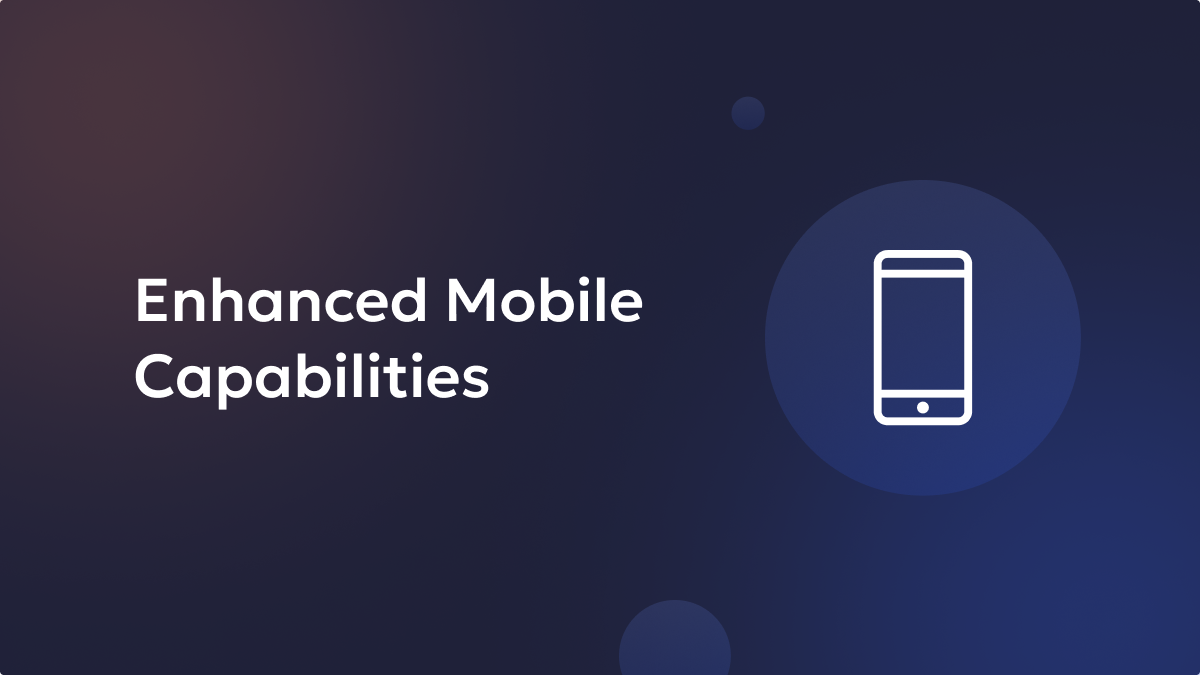Stablecoins represent a form of cryptocurrency. It is designed to be tethered or closely aligned with the value of another currency or financial asset. Such assets include the U.S. dollar or gold. It is done with the aim of stabilizing their valuation within the cryptocurrency market. As their name suggests, stablecoins offer a stable investment option within the volatile crypto landscape. When compared to highly fluctuating cryptocurrencies, stablecoins are safer from a volatility standpoint. Today, stablecoins constitute only a fraction of the broader crypto market.
To uphold the stability of stablecoin prices, some issuers assert possession of dollars or equivalent physical assets. This corresponds to the total volume of stablecoins in circulation. Alternatively, other issuers may employ algorithmic mechanisms. Algorithmic mechanisms help automatically regulate the sale of coins. Thereby maintaining their value relative to the dollar.
Unlock the potential of digital assets for your institution
Key Takeaways
- Stablecoins are a category of cryptocurrencies designed to maintain a consistent and secure value by being pegged to another asset class.
- Compared to their more volatile counterparts, stablecoins serve as a more reliable medium of exchange in transactions.
- Stablecoins value is pegged against stable fiat currencies like the dollar, euro or commodities like gold.
- Stablecoins adopt different approaches to maintain price stability, including holding reserve assets as collateral or implementing algorithmic formulas to regulate their supply.
What Is Stablecoin?
Stablecoins serve as a means to connect fiat currencies, such as the U.S. dollar, with cryptocurrencies. Such coins address the issue of volatility in the crypto market. These digital assets maintain price stability like fiat currencies. They also retain the advantages of cryptocurrencies, such as mobility and utility. They are designed to mitigate the fluctuations commonly associated with cryptocurrencies. Stablecoins integrate price stability directly into their structure. They are classified into four main types based on their underlying collateral structure. These types are fiat-backed, crypto-backed, commodity-backed, and algorithmic stablecoins.
Secure and manage your digital assets with Liminal
How do Stablecoins Maintain Their Value?
The core objective of stablecoins is to offer a solution. A solution for the substantial volatility observed in prominent cryptocurrencies. This can hinder their utility in everyday transactions.
Types Of Stablecoin
In the cryptocurrency market, stablecoins are divided into four main categories:
- Fiat-collateralized stablecoins
Fiat-collateralized stablecoins are the most prevalent type in the stablecoin landscape. They are backed at a 1:1 ratio. This enables direct exchange between one stablecoin and one unit of fiat currency, such as EUR, USD, or GBP. Each stablecoin is supported by a corresponding amount of fiat currency held in reserve. The aim is to establish a stable value through real fiat assets stored in authentic bank accounts. However, this category, while straightforward, also boasts the highest level of centralization. A centralized entity acts as the custodian of the fiat reserves. They oversee the issuance of fiat-backed tokens and the management of incoming fiat deposits. Despite the stability associated with fiat currency, this centralized approach presents vulnerabilities. Such vulnerability includes susceptibility to hacks, bankruptcy, and inherent counterparty risk. Thus, trust is necessitated in both the coin issuer and the centralized entity managing the reserves. Moreover, compliance with regulations and regular audits are essential for maintaining transparency and integrity within this stablecoin category.
- Crypto backed stablecoins
Cryptocurrencies serve as an alternative backing mechanism for stablecoins. The crypto-backed stablecoins mirror the functionality of their fiat-backed counterparts. However, instead of fiat currency, cryptocurrencies are utilized as collateral. They support the value of stablecoin. In this model, a specific token is designated to back the stablecoin, employing a “security pledge” to mitigate price volatility. Unlike fiat-backed stablecoins, crypto-backed stablecoins do not maintain a strict 1:1 ratio. This ratio is between stablecoin and its underlying crypto collateral. This is due to the fluctuating nature of cryptocurrency prices. For instance, a stablecoin pegged to the US dollar may require approximately $2 worth of cryptocurrency collateral for each stablecoin issued. Despite offering decentralization, crypto-backed stablecoins include a more complex structure. They also carry a higher level of dependency on collateralized cryptocurrencies. Moreover, they operate without the necessity for regulatory compliance or audits.
- Non-collateralized stablecoins
This category encompasses Seigniorage-style stablecoins. This type of coin aims to uphold the price stability of a token pegged to an asset, such as the U.S. dollar, or real assets like gold. These stablecoins operate through algorithmic mechanisms and are considered non-collateralized. Instead, they rely on smart contracts generated by algorithms to regulate the supply or sale of tokens. This is in response to price fluctuations from the pegged assets.
The benefits of this approach include decentralization. Because it does not necessitate collateral, and the utilization of smart contracts to establish a reliable system. Additionally, it offers interactive features through coin shares and bonds.
However, this mechanism is notably more complex than other types of stablecoins. Thus, ensuring the ability to meet high demand is not always guaranteed. Moreover, historical instances have increased instances of failed pegging mechanisms within this category. For instance, consider the case of Terra UST.
- Commodity backed stablecoins
Commodity-backed stablecoins differ from algorithmic stablecoins. This is because interchangeable assets, such as precious metals, secure them. Gold is the most prevalent commodity utilized to support these stablecoins. There are issuers like Daxos Gold and Kitco Gold. They structure their stablecoins to correspond to gold bars. However, other stablecoins may be backed by assets like real estate, oil, or additional precious metals. Typically, the underlying asset is stored within a vault. The vault is managed by a trusted third party, ensuring security. Purchasers of these stablecoins have the right to redeem them for the corresponding commodity.
The benefits of commodity-collateralized stablecoins include the fact that real assets back each stablecoin. This contributes to its stability. Additionally, the prices of commodities are relatively steady. Plus, the tokenization of commodities enhances market liquidity.
Nevertheless, this model is centralized, which increases the risks associated with potential hacks due to a single point of failure. Additionally, these stablecoins must undergo an audit process to verify their authenticity. This adds up to the operational requirements and potential regulatory compliance burden.
- Stablecoin Regulation
Regulators are closely monitoring stablecoins. This is because they are driven by their rapid expansion and potential impact on the overall financial system. As the market for these digital assets grows, regulatory agencies globally are scrutinizing them to ensure adherence to financial laws and regulations. This oversight seeks to safeguard investors and uphold financial system stability.
Role of Stablecoins in the Crypto Ecosystem
Stablecoins play pivotal roles within the cryptocurrency ecosystem:
- Enhanced Liquidity:
By offering a stable store of value, stablecoins facilitate seamless trading. They also offer an easy medium for investment and transaction. This has led to the expansion and acceptance of cryptocurrencies.
- Improved Price Stability:
Unlike volatile cryptocurrencies, stablecoins ensure price stability, enabling merchants and consumers to rely on them for transactions confidently.
- Advancement in Decentralization:
Stablecoins serve as decentralized alternatives to conventional financial instruments like fiat currencies. They promote inclusivity by granting broader access to financial services.
- Enhanced Usability:
Stablecoin has versatile applications in trading, investment, and cross-border transactions. It offers efficiency and cost-effectiveness, streamlining traditional cross-border transfers.
- Heightened Security:
Leveraging blockchain technology, stablecoins ensure increased security, thus mitigating fraud risks. They enhance security against cyber hacking. They foster transparency within the financial ecosystem.
Conclusion
Stablecoins are integral to the cryptocurrency ecosystem. They offer the benefits of blockchain speed and security and mitigate the volatility commonly associated with cryptocurrencies. Initially, stablecoins were utilized mainly to purchase cryptocurrencies on platforms without fiat currency trading pairs. Over the years, stablecoins have witnessed widespread adoption. They now find applications across various blockchain-based financial services, including lending platforms. Additionally, they are increasingly utilized to pay for goods and services.






